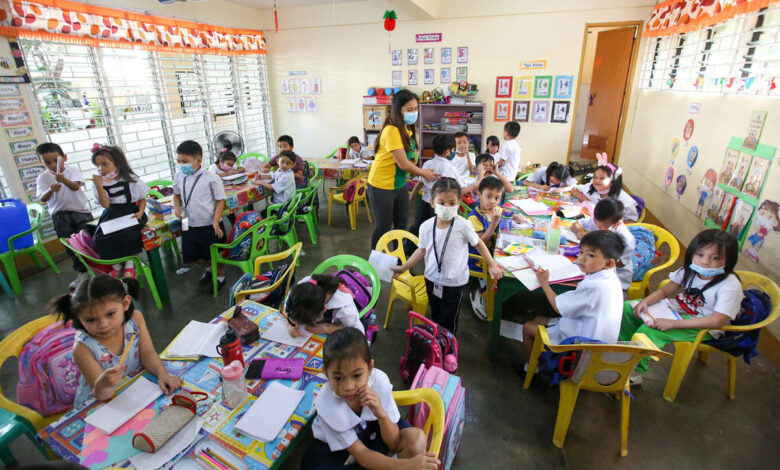
Are School Health Services Reaching All Filipino Students?
Across many public schools in the Philippines, school health services remain under-resourced, and essential medical supplies are scarce. While the government has launched programs offering free consultations and basic care, the effectiveness of these initiatives in reaching students is still being evaluated.
Shortages on the Frontlines
As of 2025, there is only one nurse for every 7,624 students, far below the government’s target of one for every 5,000. Dental care fares even worse, with one dentist for roughly 46,000 students. Specialists for children with developmental needs are almost nonexistent, with only 99 developmental pediatricians serving the entire country.
Even when programs are announced, clinics often operate without the basic personnel or equipment needed to deliver care. Students are left to navigate a patchwork of services, and the promise of expanded school health support can feel distant and uncertain.
Private Initiatives Filling the Void
In response to these gaps, private groups have stepped in. NGOs deploy mobile health teams, corporate foundations refurbish clinics, and civic organizations sponsor feeding and hygiene programs. These efforts bring relief in select schools, but their reach is uneven and dependent on donor priorities.
With national health budgets still concentrated on benefit payouts rather than frontline staffing or infrastructure, these private initiatives are effectively propping up a system that struggles to deliver on its promises.
READ: Yup, Corruption Doesn’t Even Bother to Hide Anymore
Announcements and pledges abound, but for millions of students, access to reliable care remains uncertain. If clinics are understaffed, supplies are thin, and programs are inconsistently implemented, what will it take for school health services to truly reach every student? And can stopgap measures ever replace a fully functioning system?
